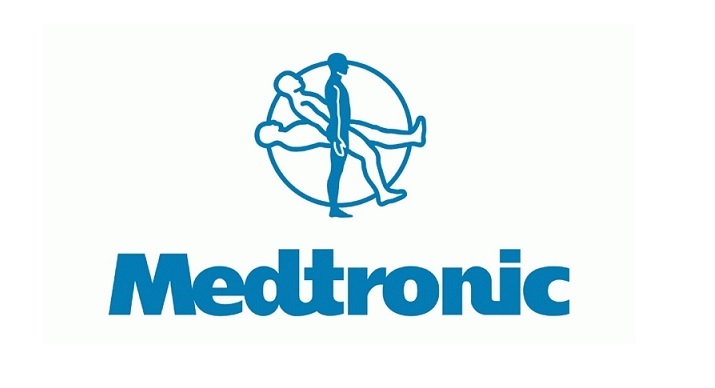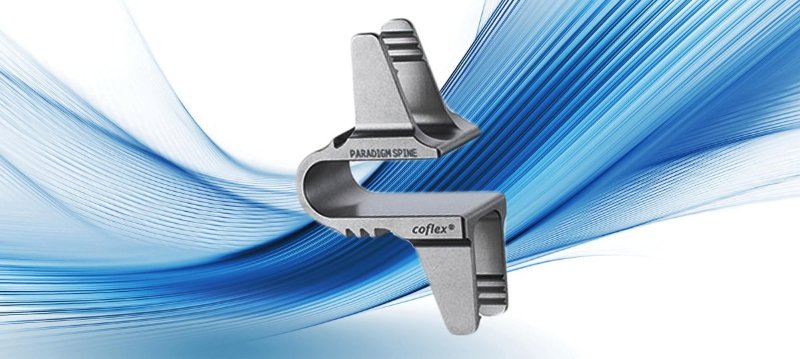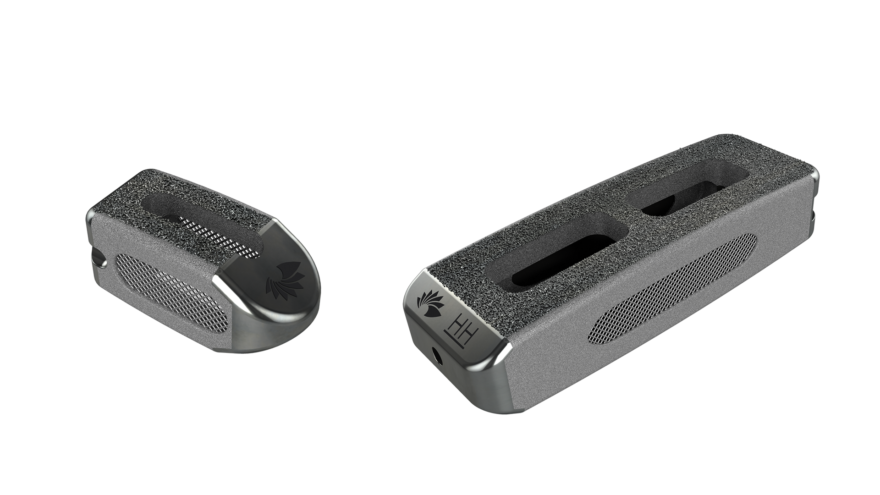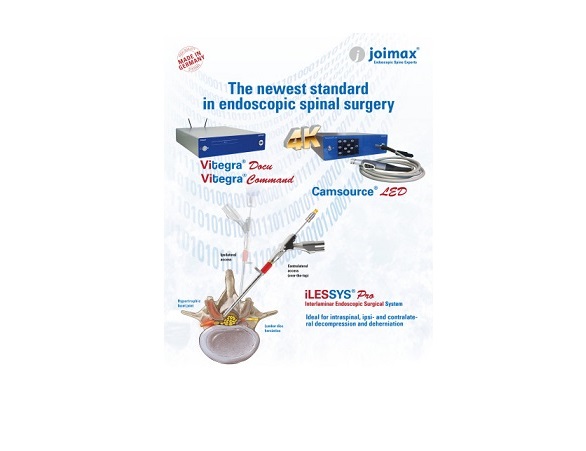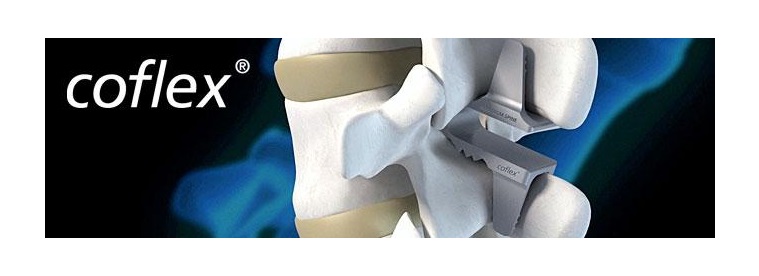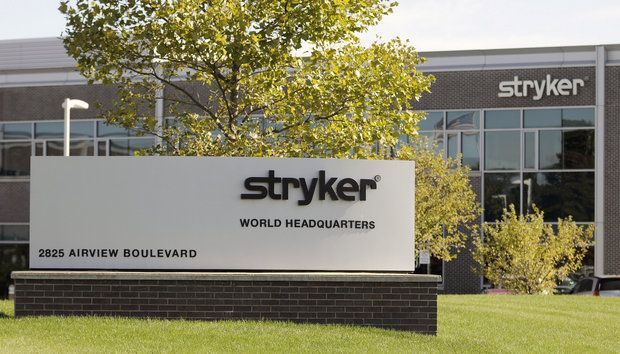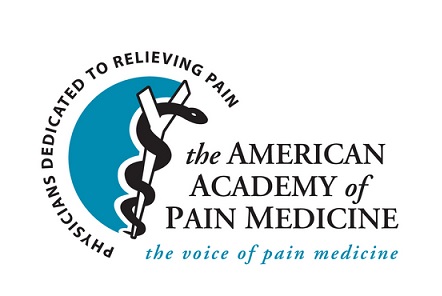May 02, 2018
BORDEAUX, France & BOSTON–(BUSINESS WIRE)–Regulatory News:
Implanet (Paris:ALIMP) (OTCQX:IMPZY) (Euronext Growth: ALIMP, FR0010458729, eligible for PEA-PME equity savings plans; OTCQX: IMPZY), a medical technology company specializing in vertebral and knee-surgery implants, is announcing the publication of a prospective study of JAZZ in complex adult deformity in the American Association of Neurological Surgeons’ Journal of Neurosurgery: Spine (JNS). These results were first presented at the North American Spine Society (NASS) Annual Meeting in October 2017.
Ludovic Lastennet, Implanet’s Chief Executive Officer, commented: “The publication in a leading industry journal of prospective results supporting the use of the JAZZ® platform as an alternative in the prevention of Proximal Junctional Kyphosis (PJK) demonstrates the substantial medical value added by JAZZ® in degenerative spine surgeries. The total addressable market for JAZZ® worldwide is very large indeed, with 400,000 implants(1) performed every year. Our JAZZ® platform, cleared for use in the United States and Europe, is ready to seize this market opportunity and to significantly broaden the scope of use in the treatment of adult spinal conditions.”
The preliminary results of the study by Dr. H. Francis Farhadi of the Ohio State University Medical Center on the “Prospective Assessment of Early Clinical and Radiologic Outcomes Following Sublaminar Band Placement for Proximal Junctional Kyphosis Prophylaxis in Adult Spinal Deformity Surgery” demonstrate that JAZZ® provides a promising alternative in the prevention of PJK in long-segment adult spinal deformity surgeries.
Despite the technological advances that now make it possible to correct severe sagittal malalignment and deformity, conditions arising from the wear and tear of adjacent segments, such as PJK and proximal junctional failure (PJF) remain of major concern. Surgeons employ a large number of surgical strategies: 65% of surgeons use PJK prevention strategies in over 40% of their patients(1). The results of Dr. Farhadi’s study show that using JAZZ can cut the percentage of patients developing PJK syndrome to 7.5% from the usual figure of 30% to 60% according to the literature.
Next press release: First-half 2018 sales on Wednesday, July 11, 2018
Implanet’s Combined General Meeting will be held at 10:00am on May 18, 2018 at the Company’s head office at Technopole Bordeaux Montesquieu, Allée François Magendie, 33650 Martillac. You are cordially invited to this event. For further information. Please send your contact details to the following email address: implanet@newcap.eu
About IMPLANET
Founded in 2007, IMPLANET is a medical technology company that manufactures high-quality implants for orthopedic surgery. Its flagship product, the JAZZ® latest-generation implant, aims to treat spinal pathologies requiring vertebral fusion surgery. Protected by four families of international patents, JAZZ® has obtained 510(k) regulatory clearance from the Food and Drug Administration (FDA) in the United States and the CE mark. IMPLANET employs 46 staff and recorded 2017 sales of €7.8 million. For further information, please visit www.implanet.com.
Based near Bordeaux in France, IMPLANET established a US subsidiary in Boston in 2013.
IMPLANET is listed on Euronext™ Growth market in Paris. The Company would like to remind that the table for monitoring the BEOCABSA, OCA, BSA and the number of shares outstanding, is available on its website: http://www.implanet-invest.com/suivi-des-actions-80
1 The results of the 2014 SRS study in proximal junctional kyphosis (PJK) and proximal junctional failure (PJF), published in Number 11, Volume 40 of the SPINE review, pages 829 to 840, provide a valuable source of knowledge that can help to advance treatments for PJK and PJF.
Contacts
IMPLANET
Ludovic Lastennet, +33 (0)5 57 99 55 55
CEO
investors@implanet.com
or
NewCap
Investor Relations
Julie Coulot, +33 (0)1 44 71 20 40
implanet@newcap.eu
or
NewCap
Media Relations
Nicolas Merigeau, +33 (0)1 44 71 94 98
implanet@newcap.eu
or
AlphaBronze
US-Investor Relations
Pascal Nigen, +1 917 385 21 60
implanet@alphabronze.net

